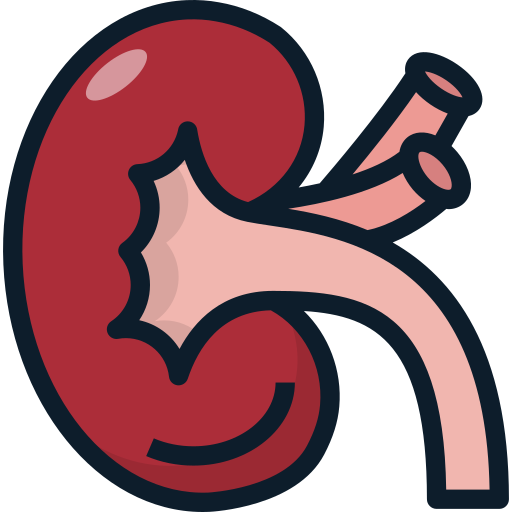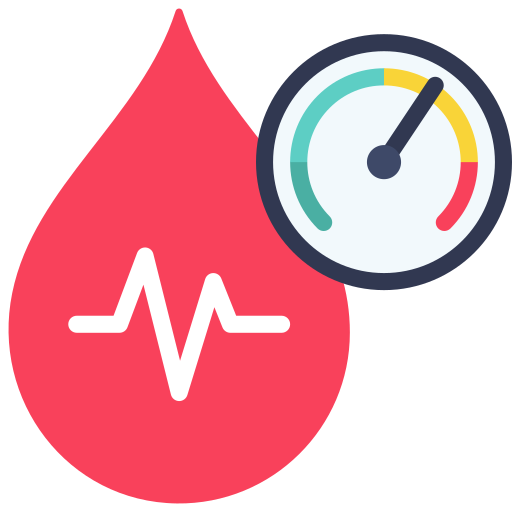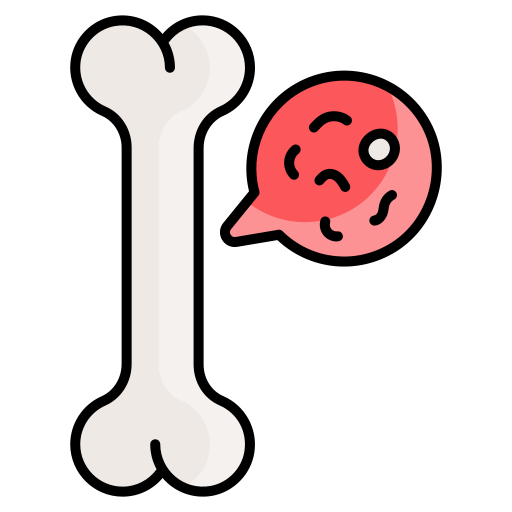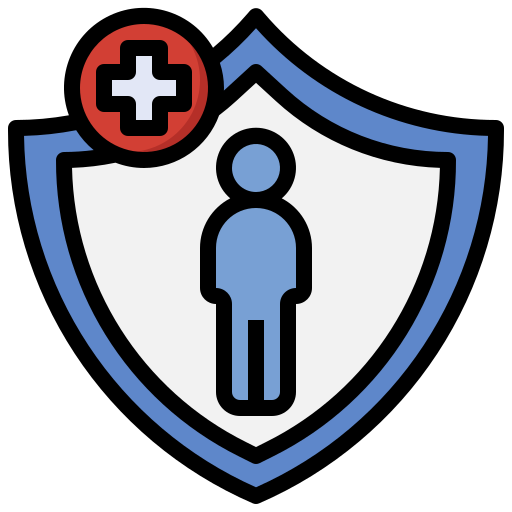Renal protection programs (Nephroprotection) are equipped by different professionals with the appropriate knowledge to act and prevent deterioration. The nephrologist who manages renal dysfunction together with the nutritionist, avoids the overloads that food and medicines produce in the kidneys. Good pharmacological, nutritional and lifestyle changes management are very effective in slowing the progression of the disease.
The nursing graduate educates the patient and the family and teaches them everything related to pathology. Psychology deals with mood disorders caused by the disease in the patient and family. Social Work interacts in the social environment and communication with insurers.
Renal failure is classified into 5 stages, each with different management from pharmacological and dietary. Most of the patients are in stage 3, where it is possible to act effectively so that they do not enter stage 4 and from there to stage 5, phase where dialysis therapy is indicated. To find out what stage a patient is in, the glomerular filtration rate is calculated at each consultation. The level of creatinine, age, weight and sex intervene in this result.
Depending on the stage of the patient, different laboratory tests are requested to assess the different functions; In addition, factors that favor the progression of renal dysfunction are managed (hypertension and uncontrolled diabetes, urinary tract infections, loss of albumin in urine, drugs that are toxic to organs (including antibiotics, radiological contrast media, and anti-inflammatory drugs). ), avoiding cigarette use and obesity.



 Purify the blood of toxins produced in metabolism.
Purify the blood of toxins produced in metabolism. Produce a hormone that stimulates the bone marrow to make red blood cells (prevent anemia)
Produce a hormone that stimulates the bone marrow to make red blood cells (prevent anemia) Develop physiological vitamin D that helps in the management of bone metabolism, acting on calcium, phosphorus, and parathyroid hormone.
Develop physiological vitamin D that helps in the management of bone metabolism, acting on calcium, phosphorus, and parathyroid hormone. Management of body fluids, water, to avoid dehydration or swelling.
Management of body fluids, water, to avoid dehydration or swelling. Management of the Ph of the blood, which is in the best conditions so that the cells can enhance their work avoiding malfunctioning of the organs.
Management of the Ph of the blood, which is in the best conditions so that the cells can enhance their work avoiding malfunctioning of the organs. Management of blood potassium, which if it rises and falls beyond physiological ranges can compromise heart function.
Management of blood potassium, which if it rises and falls beyond physiological ranges can compromise heart function. They are involved in the metabolism of blood sugar.
They are involved in the metabolism of blood sugar. If there is a biochemical balance in the blood, the brain, the peripheral nerves, the skin, the heart, the lungs, the different glands, the liver and the digestive and sexual systems work synchronously.
If there is a biochemical balance in the blood, the brain, the peripheral nerves, the skin, the heart, the lungs, the different glands, the liver and the digestive and sexual systems work synchronously.



